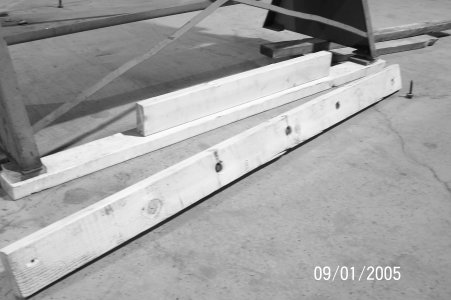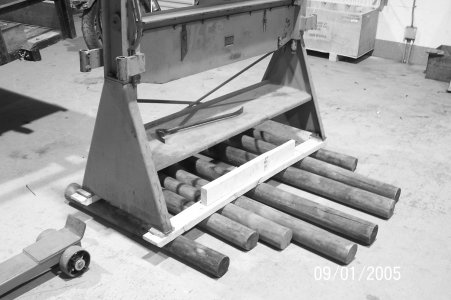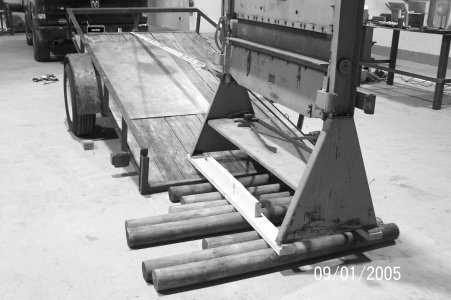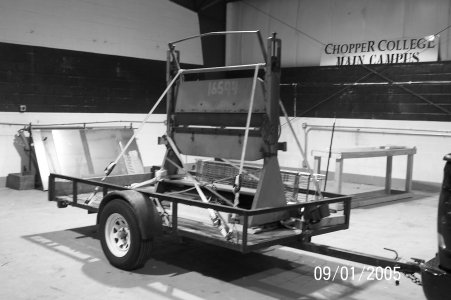Believe it or not; most wheeled hoists are so equipped for getting into position; NOT for movement when loaded!!! Typically, they have swivel casters on each leg. Getting away with a mere few hundred pound engine, compared to even a small machine are completely different stories; center of gravity, just one chapter.
I'd guess more than half of the guys 'finding' a lathe or a little mill, barely avert mishaps. Those brought on by naiveté, insufficient rigging experience and equipment. Don't allow fixation making an empty space in his garage, to fill yours create hazards, haste, often scrapped acquisitions. Next, they find out so-and-so component has been unavailable for decades.
I'm confident moving equipment. Around 2 years ago, [disregard incorrect date setting of digital camera] traveled across Illinois for a sheet metal press brake. Using the photographs I estimated the weight and loaded appropriate gear. No forklift or hoist available either end; plus the configuration wasn't well suited for lifting. I arrived 10pm and spent 10+ hours working alone; being careful, thoughtful, adhering close to strategy planned earlier. Regardless strategy, every move requires tactical adjustments.
While helping others, they often ask why I spend so much effort towards some aspect of the project, my standard answer has become........."I don't want this to be hood ornament on a Hyundai".
View attachment 360865View attachment 360866View attachment 360867View attachment 360868





